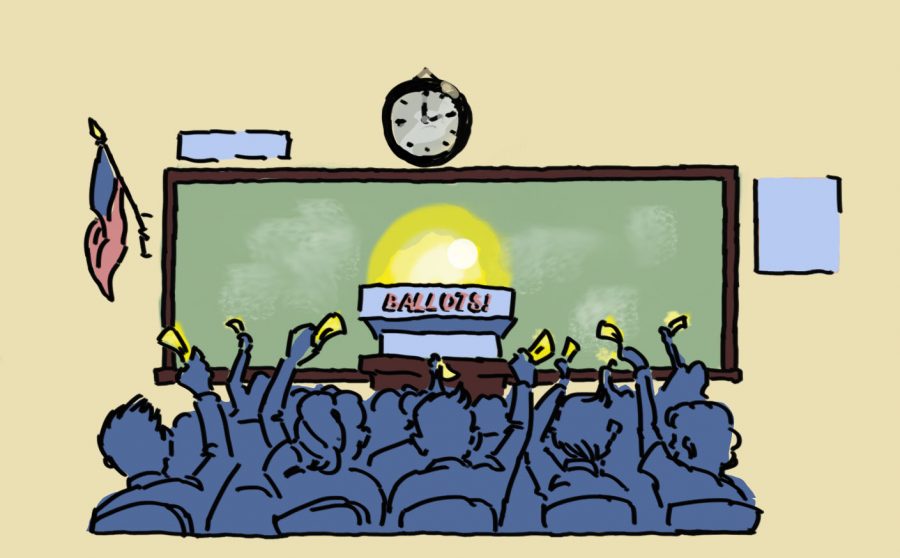My senior year of high school, teachers passed out voter registration forms to the graduating class, asking us almost daily if those of us old enough to vote had picked up a form. I remember thinking little of the school’s efforts. After all, it seemed appropriate for administrators and teachers to not only stress the importance of civic duty in the classroom but to actively guide students in its implementation.
I didn’t realize at the time just how fortunate I was to go to a school that encouraged voter participation. A law enacted in 1983 requires all Texas high schools — private and public — to hand out voter registration forms, but the forms only arrive at schools upon request from administrators. The result? Only six percent of schools actually request forms.
Only six percent of our schools are actively telling our kids their voices matter. Only six percent of our schools are backing up the discourse in government classes. Only six percent of our schools are following a state law that requires little effort yet has great benefits.
This can’t continue.
There is a strong educational argument to be made for encouraging students to vote, considering lawmakers construct education policies.
If you are a public school student, you may have the opportunity to vote on a law that will affect your high school. Even if changes do not occur until you leave, you have the power to enact changes that you see need to occur. And considering the increase in in-state enrollment, issues surrounding higher education are going to be of importance to many high school graduates, whether they attended a public or private institution.
Complying with Texas’ voter registration law isn’t only important in molding future citizens — it also teaches students to take an active role in their education.
Texas voters are historically apathetic. In 2012, only 22.5 percent of those under the age of 24 casted a ballot. In the same election, some underrepresented communities in our state didn’t make it to the polling booth; only 27.7 percent of the state’s Hispanic voters and 23.8 percent of the state’s Asian voters cast their vote. Registering Texas’ many diverse students that are eligible to vote at school is a key step in changing that.
You’re more likely to vote if your parents stressed the importance of doing so beginning at a young age. That’s troubling, considering only about 59.7 percent of Americans vote any given year. Schools can change that, so state officials can’t let the trending underrepresentation continue.
Implementation of this law begins at the Capitol. Officials haven’t kept up with tracking which schools are complying and which are not. The recent data came from the Texas Civil Rights Project, not the state. State officials could easily mail voter registration forms to schools at the beginning of the year so administrators don’t have to send in a request, holding both the government and schools accountable in a more transparent way. This is not a law of which those in charge should absolve themselves. 18 year olds are still young and impressionable, and if we want higher voter turnout, we need to take the necessary steps to get there. It all starts with young people.
Vernon is an anthropology and rhetoric and writing junior from The Woodlands.


















